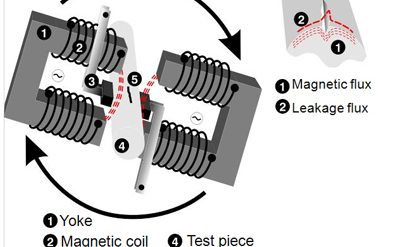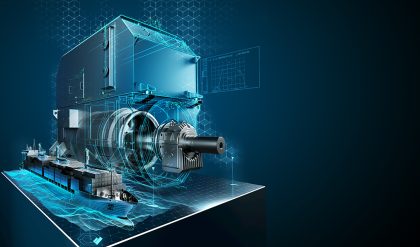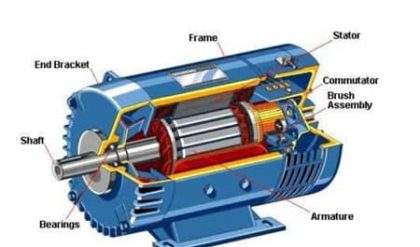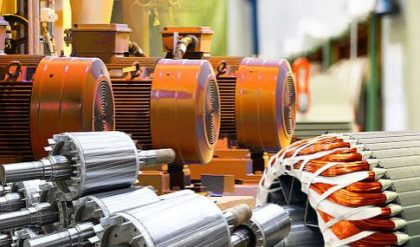
Current Transformer Example No1
A bar-type current transformer which has 1 turn on its primary and 160 turns on its secondary is to be used with a standard range of ammeters that have an internal resistance of 0.2Ω. The ammeter is required to give a full scale deflection when the primary current is 800 Amps. Calculate the maximum secondary current and secondary voltage across the ammeter.
Secondary Current:

Voltage across Ammeter:

We can see above that since the secondary of the current transformer is connected across the ammeter, which has a very small resistance, the voltage drop across the secondary winding is only 1.0 volts at full primary current. However, if the ammeter was removed, the secondary winding effectively becomes open-circuited, and thus the transformer acts as a step-up transformer. This due in part to the very large increase in magnetising flux in the secondary core as the the secondary leakage reactance influences the secondary induced voltage because there is no opposing current in the secondary winding to prevent this.
The results is a very high voltage induced in the secondary winding equal to the ratio of: Vp(Ns/Np) being developed across the secondary winding. So for example, assume our current transformer from above is used on a 480 volt to earth three-phase power line. Therefore:

For this reason a current transformer should never be left open-circuited or operated with no-load attached when the main primary current is flowing through it just as a voltage transformer should never operate into a short circuit. If the ammeter (or load) is to be removed, a short-circuit should be placed across the secondary terminals first to eliminate the risk of shock.
This high voltage is because when the secondary is open-circuited the iron core of the autotransformer operates at a high degree of saturation and with nothing to stop it, it produces an abnormally large secondary voltage, and in our simple example above, this was calculated at 76.8kV!. This high secondary voltage could damage the insulation or cause electric shock if the CT’s terminals are accidentally touched.






Comments are closed.